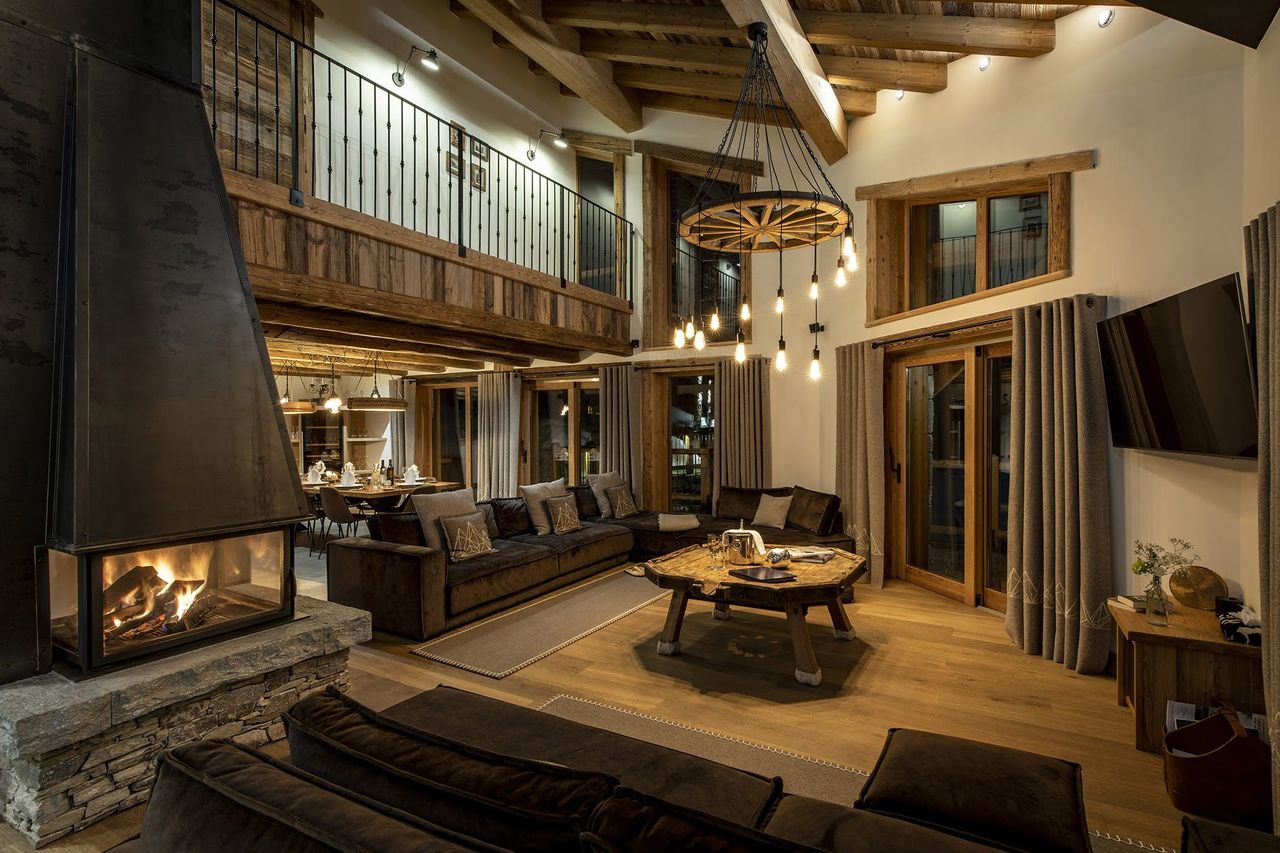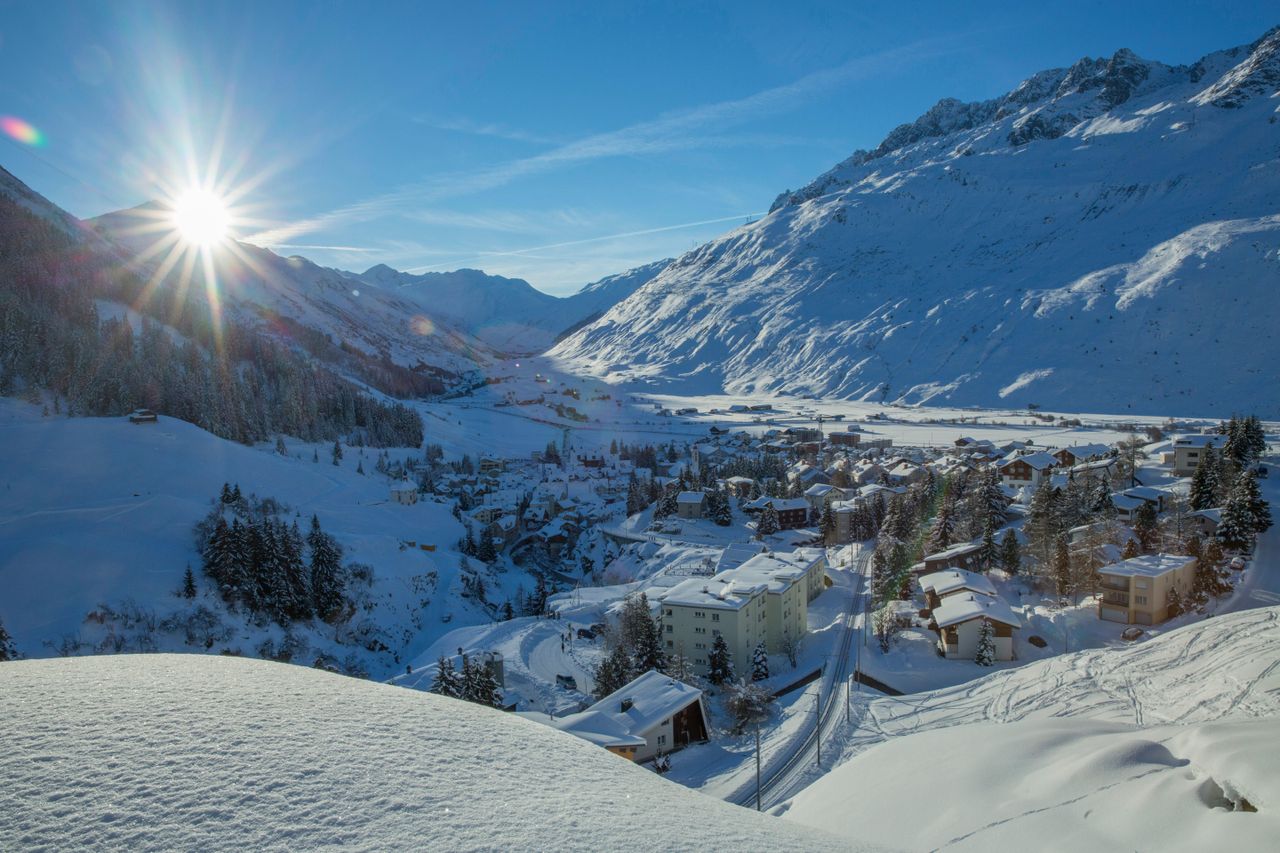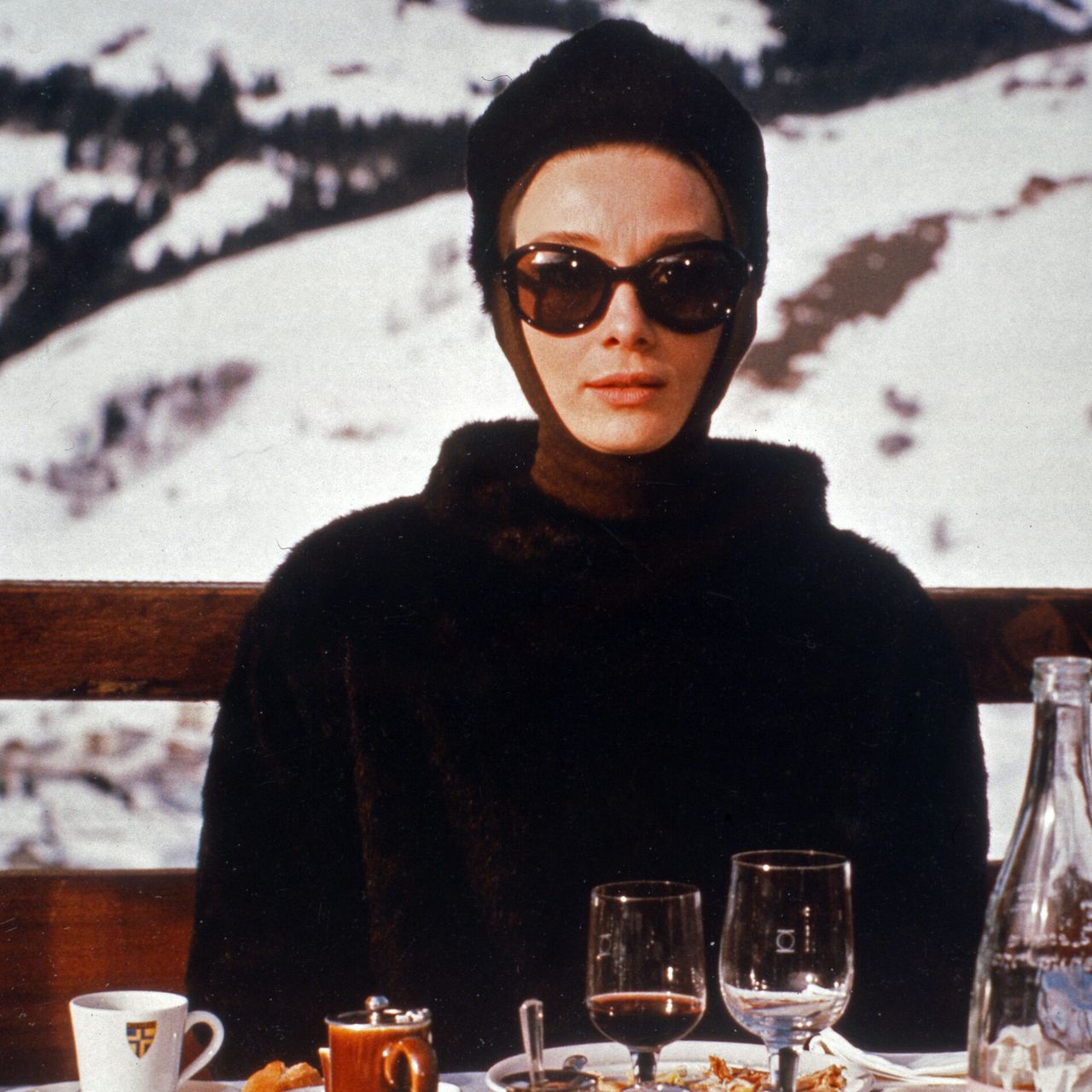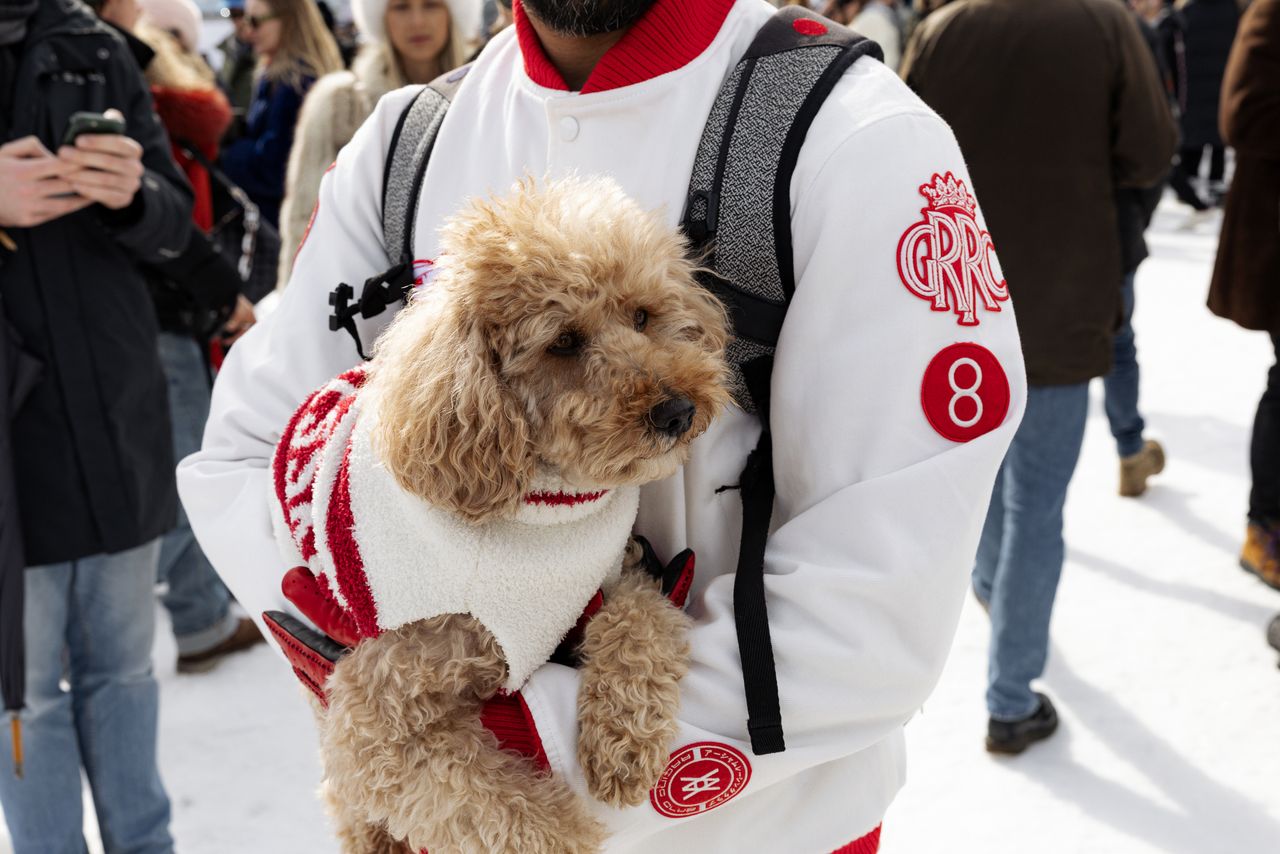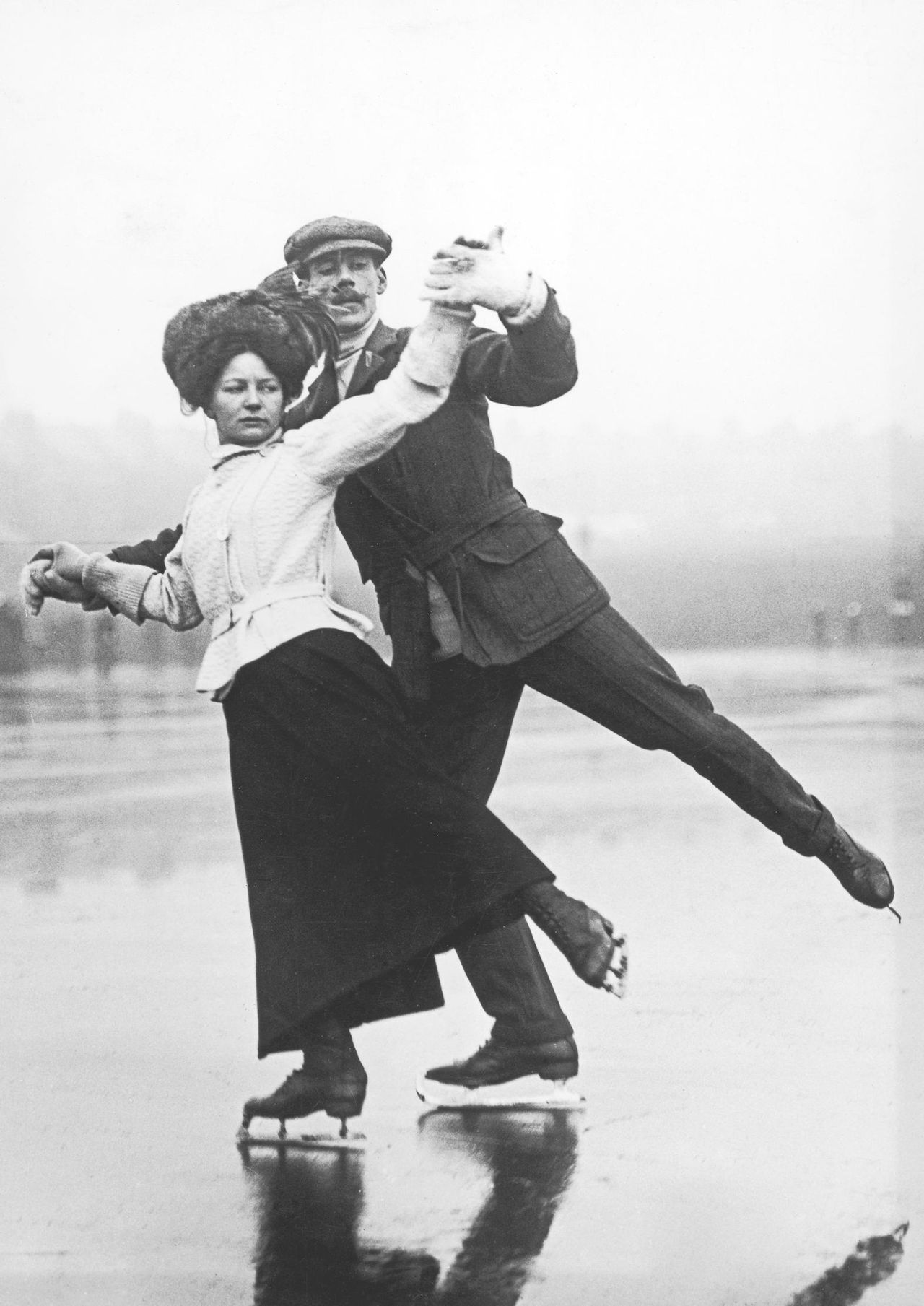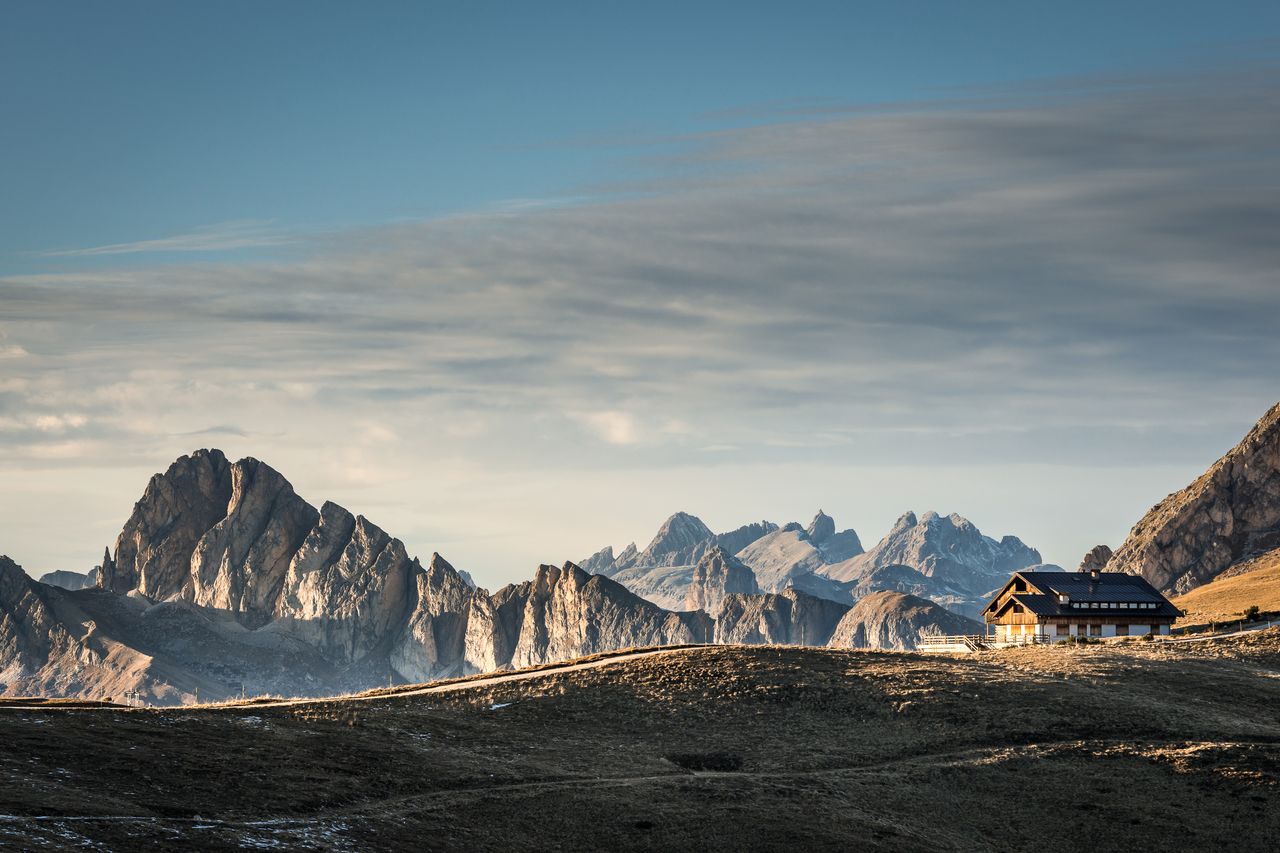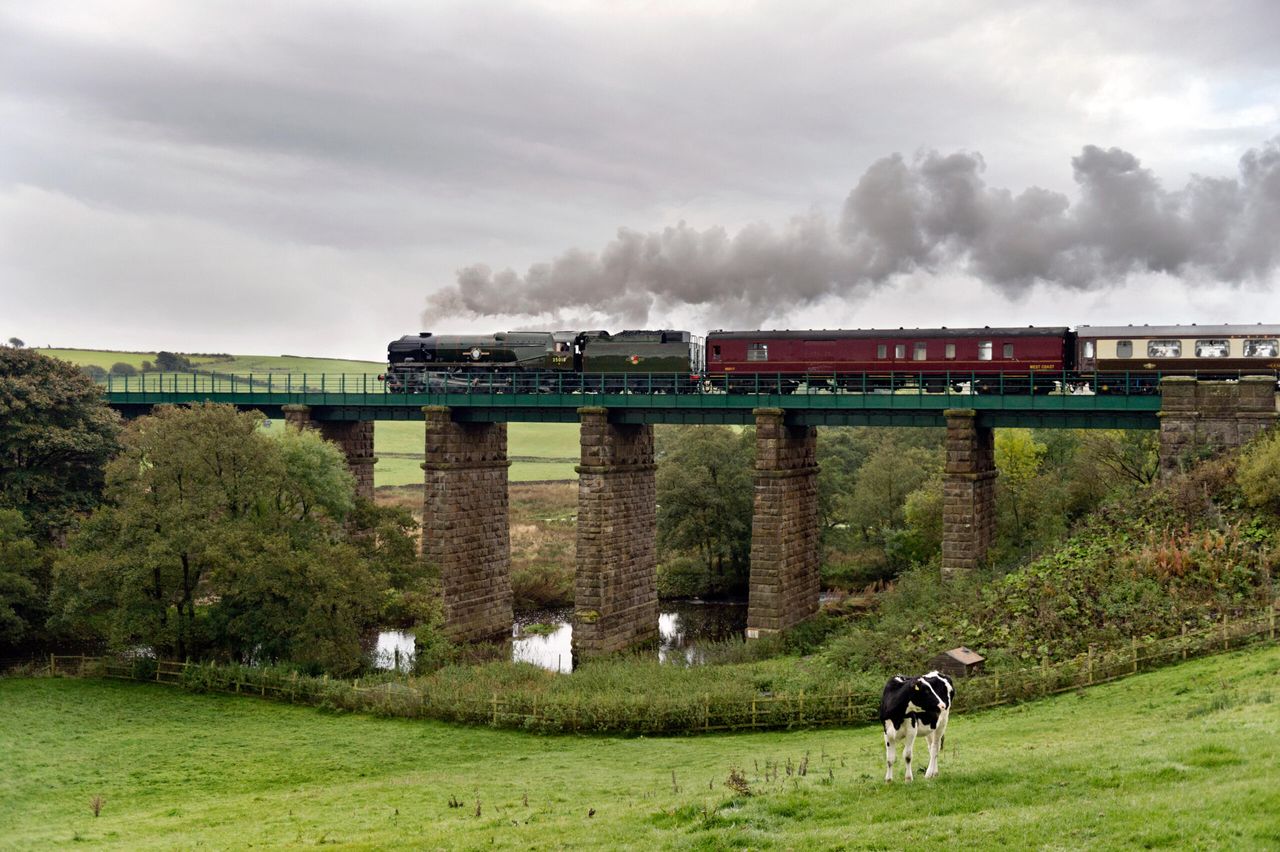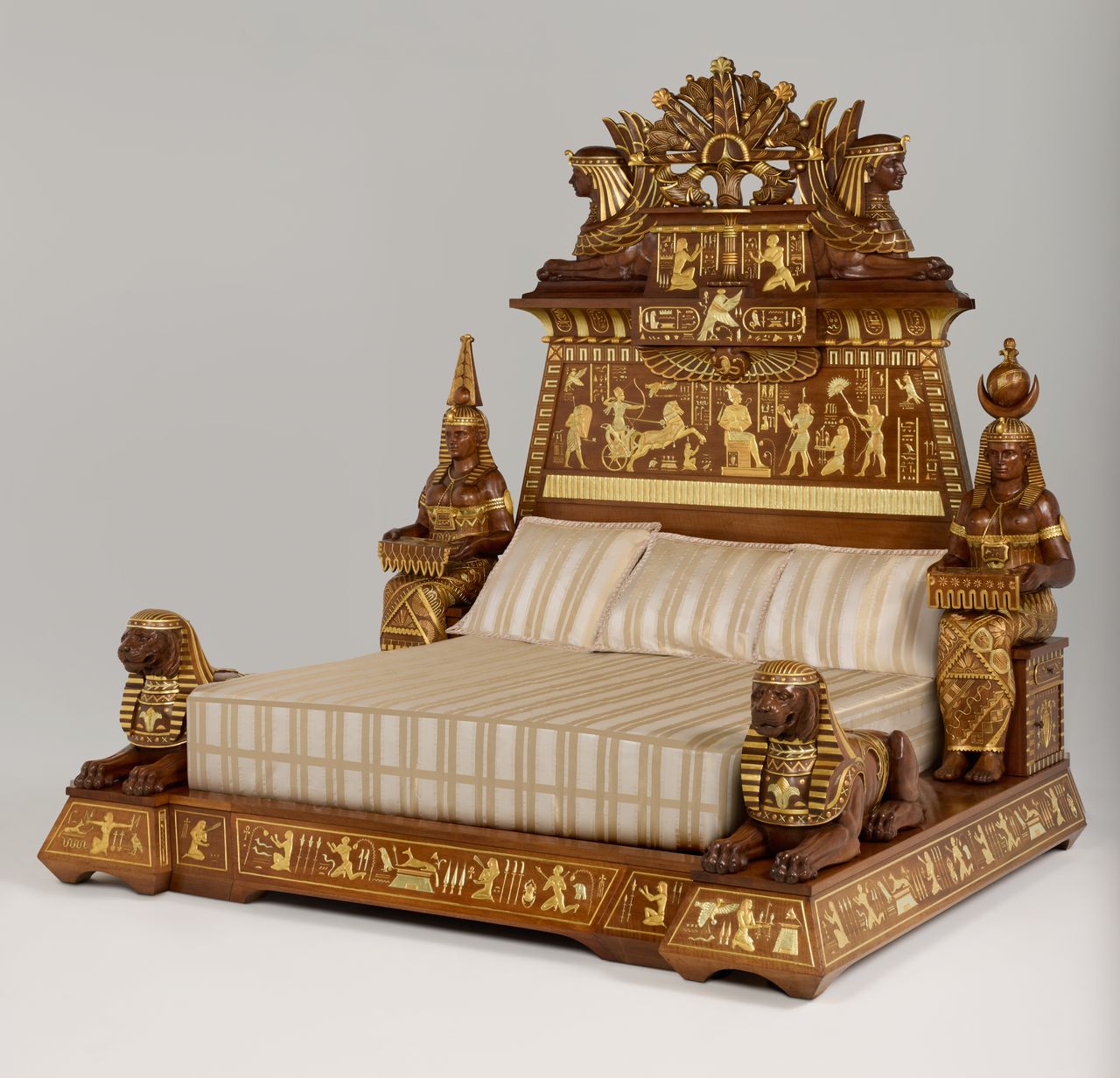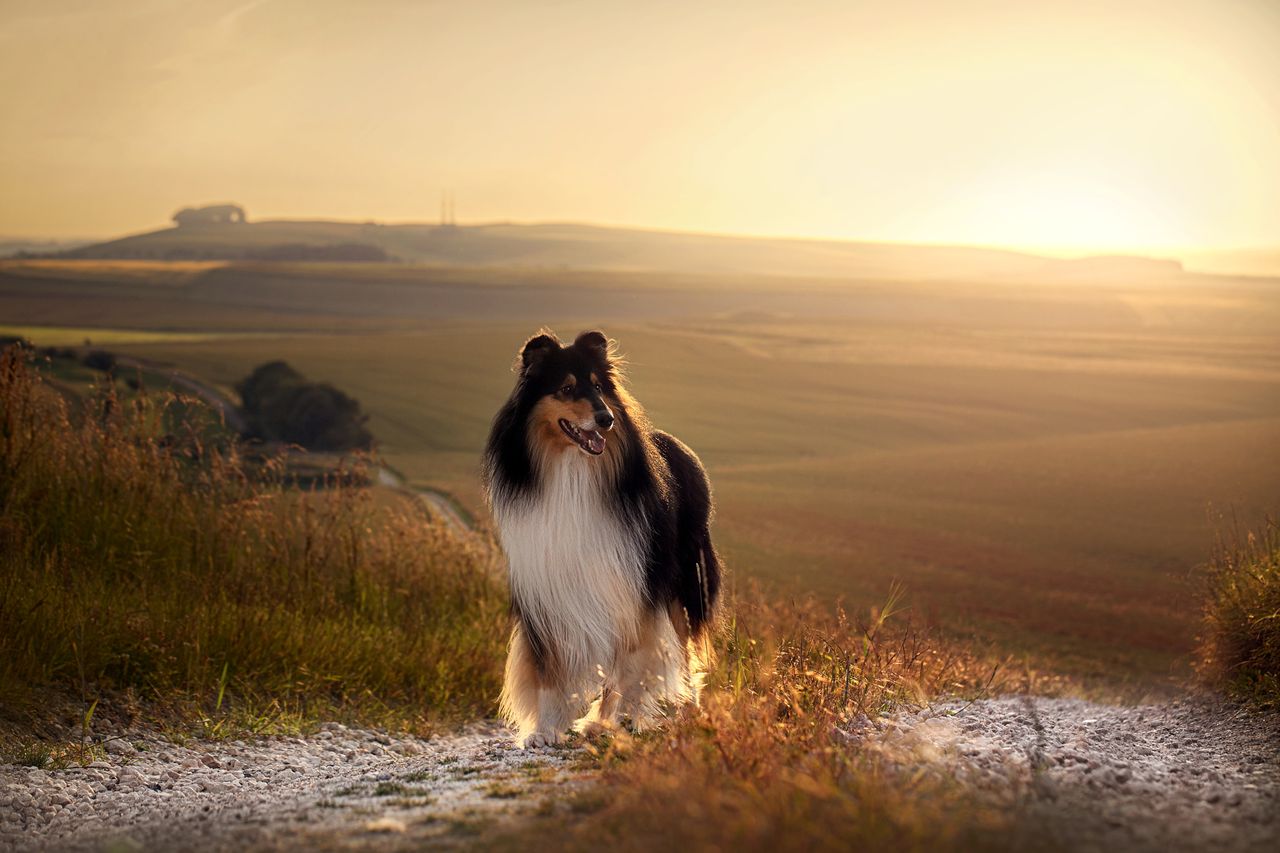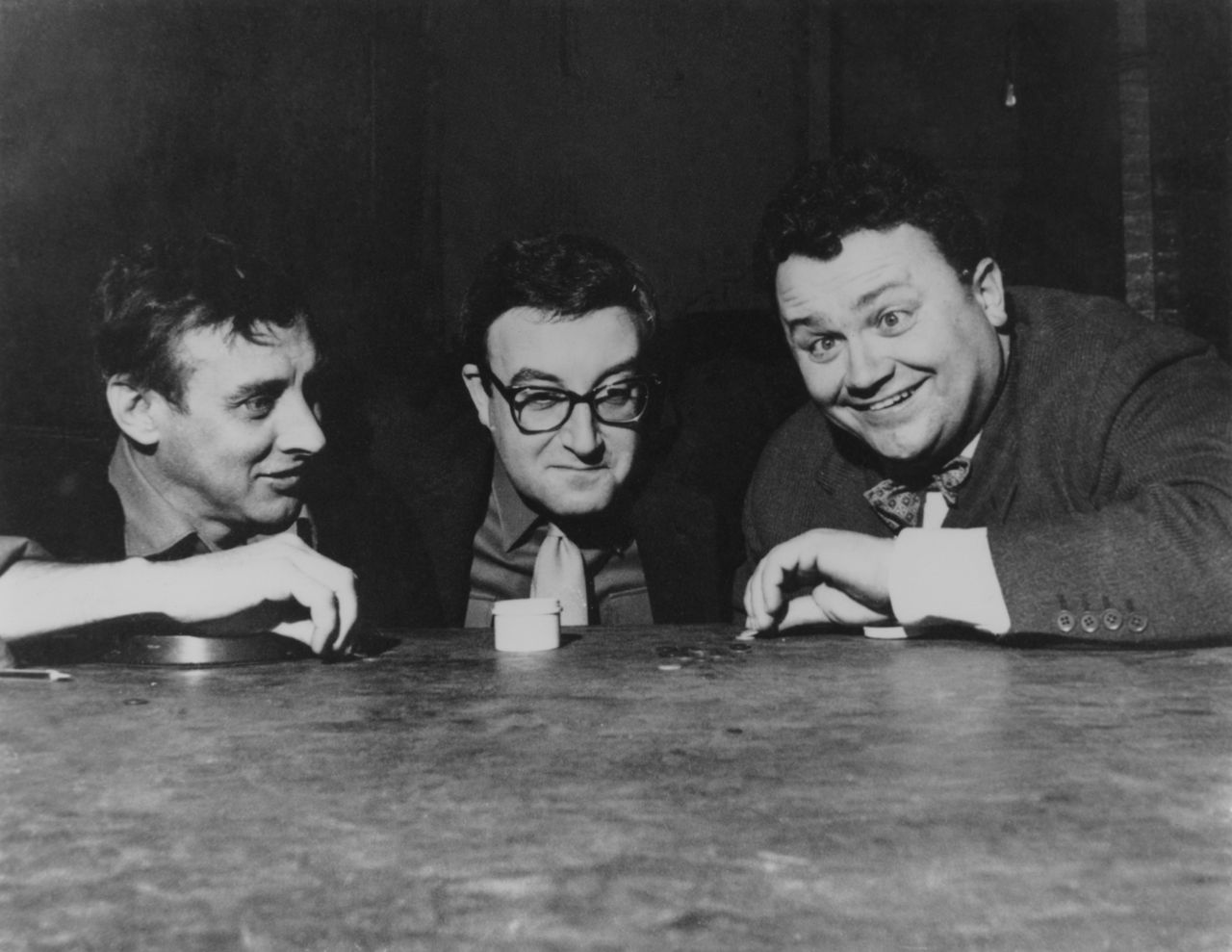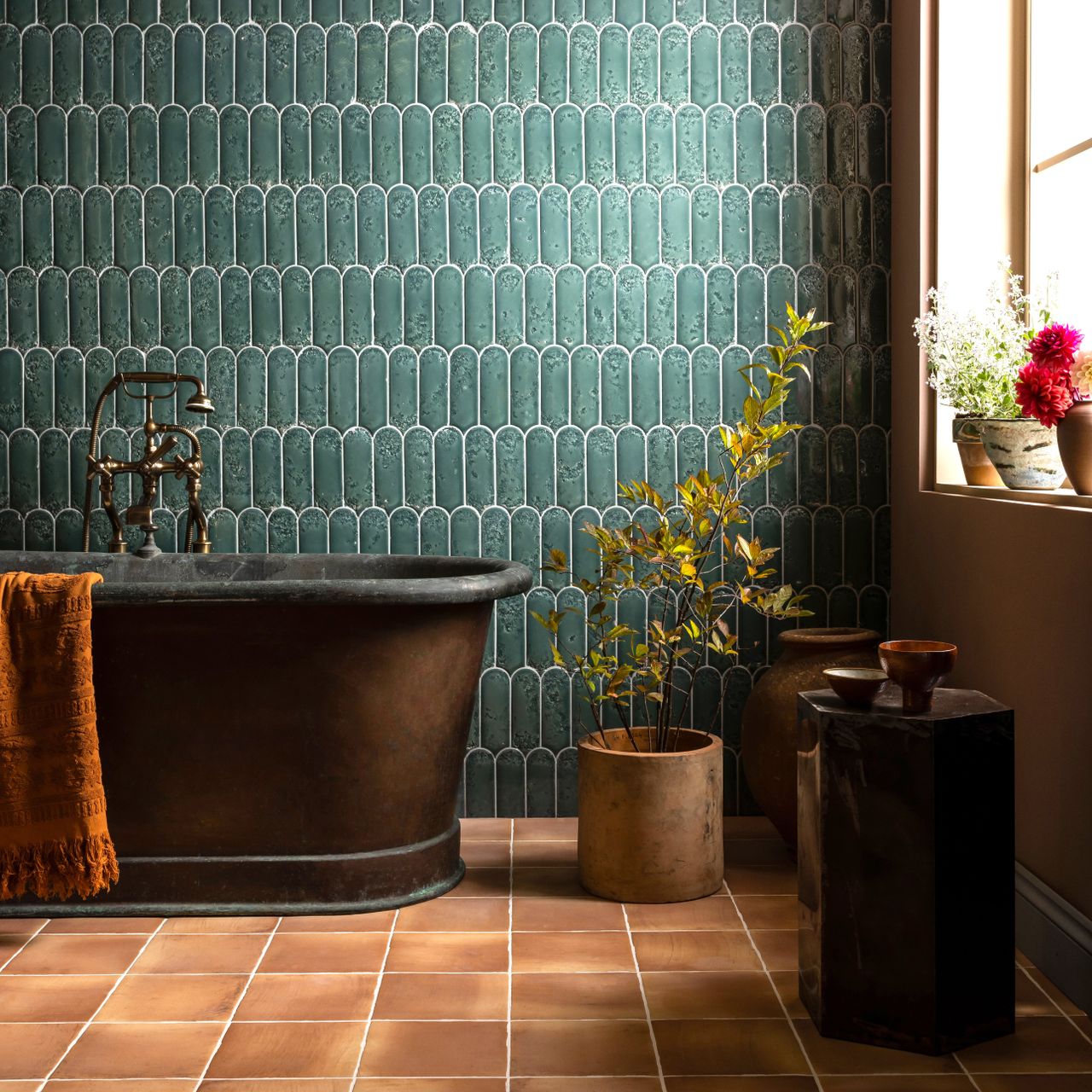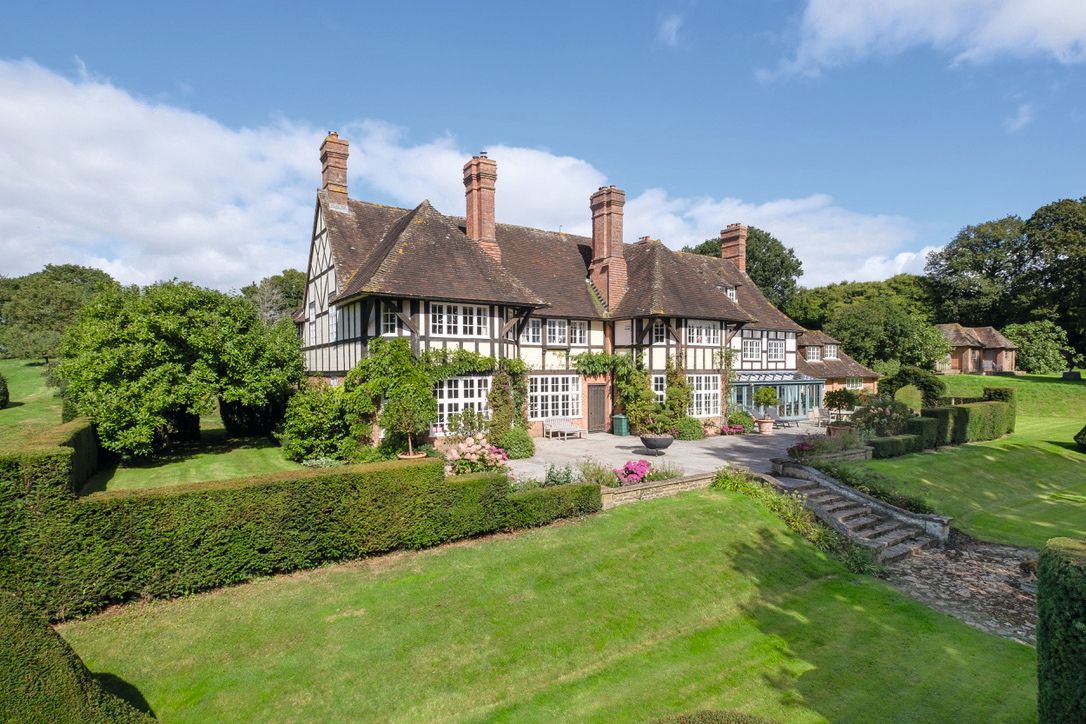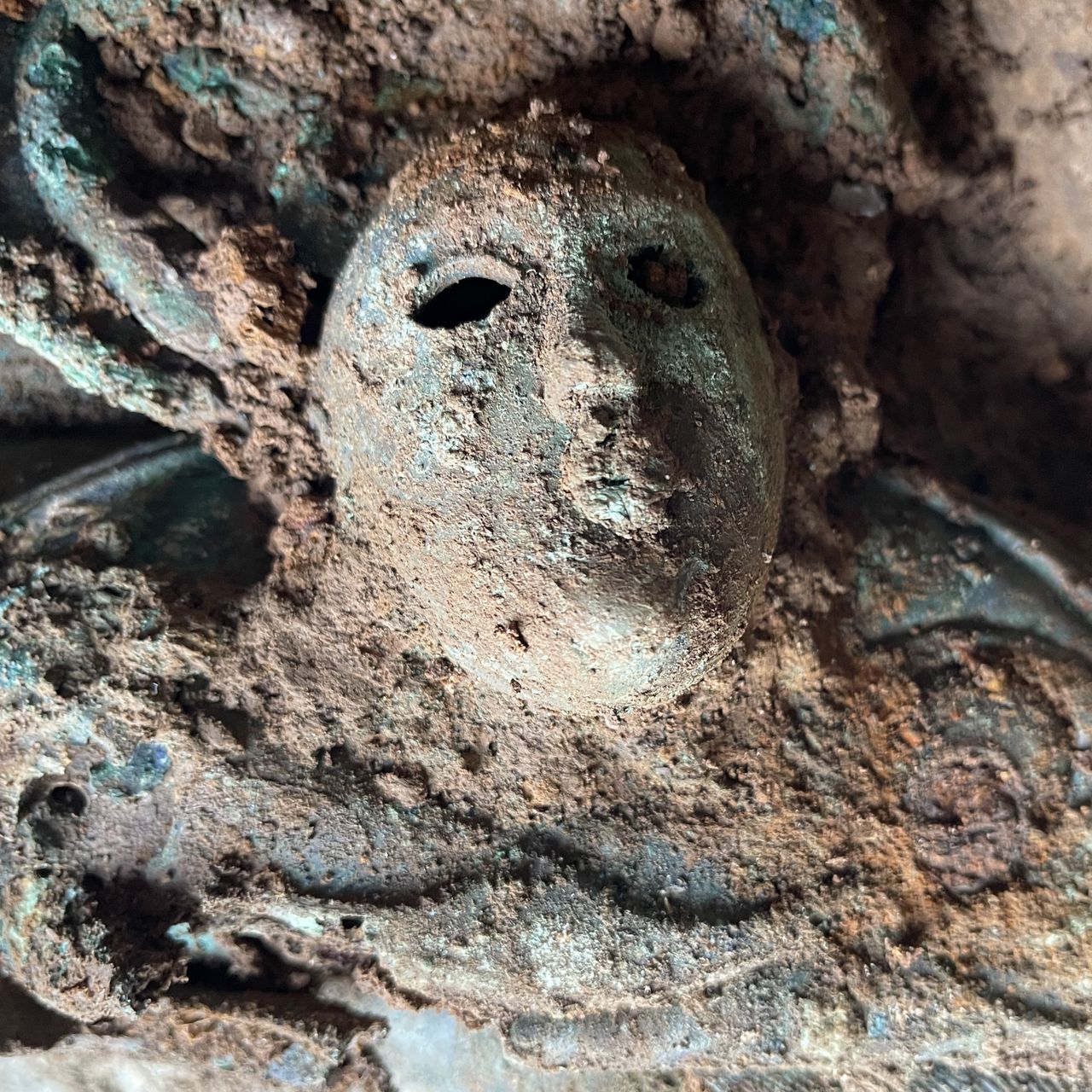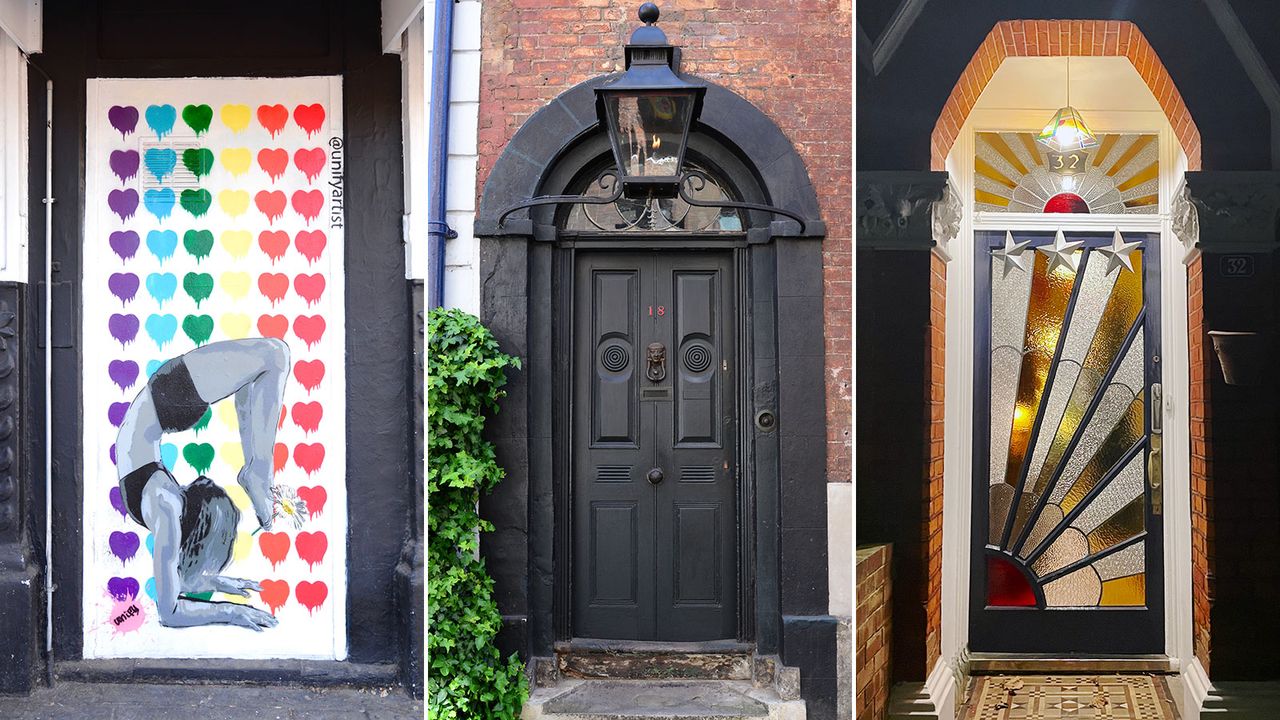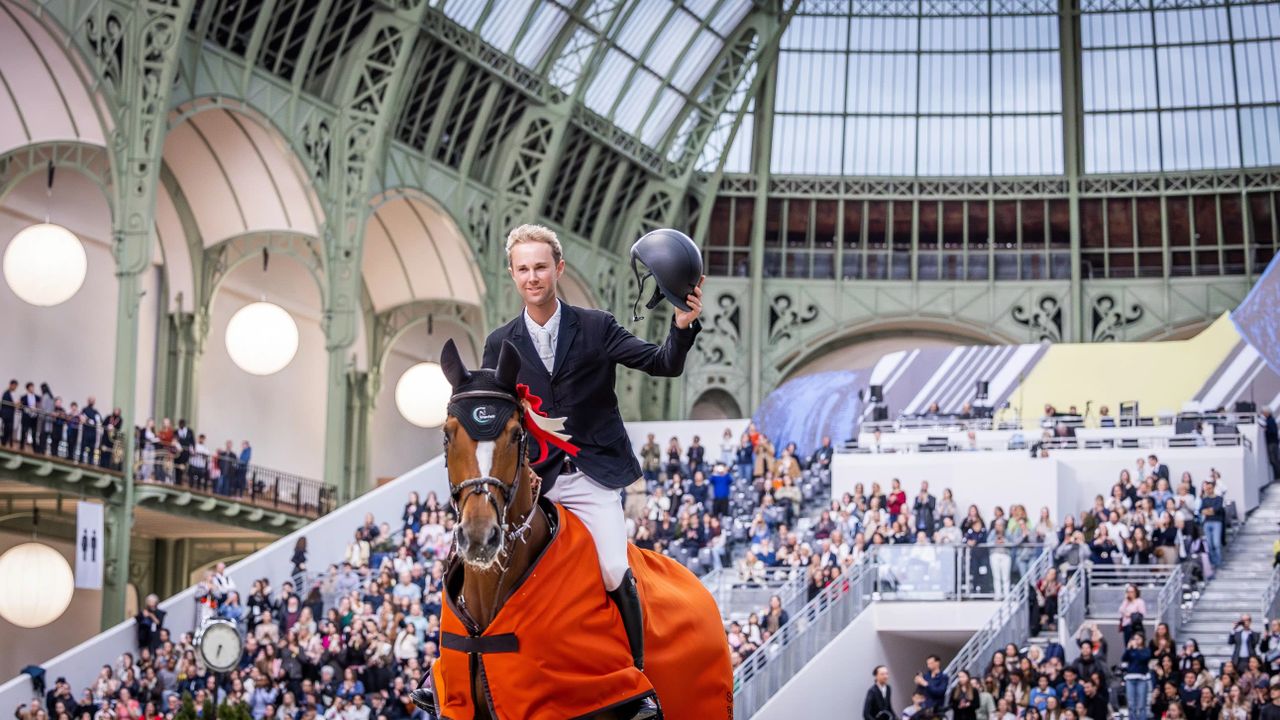St Moritz and the slopes of hazard: How a Victorian bet sparked the Swiss resort's love affair with adrenaline-pumping winter sports
There's no sport that cannot be played out on frozen water, according to the fabled Swiss ski resort of St Moritz. In fact, skiing, ironically, might be the safest thing to do whilst you're there, says Rosie Paterson.
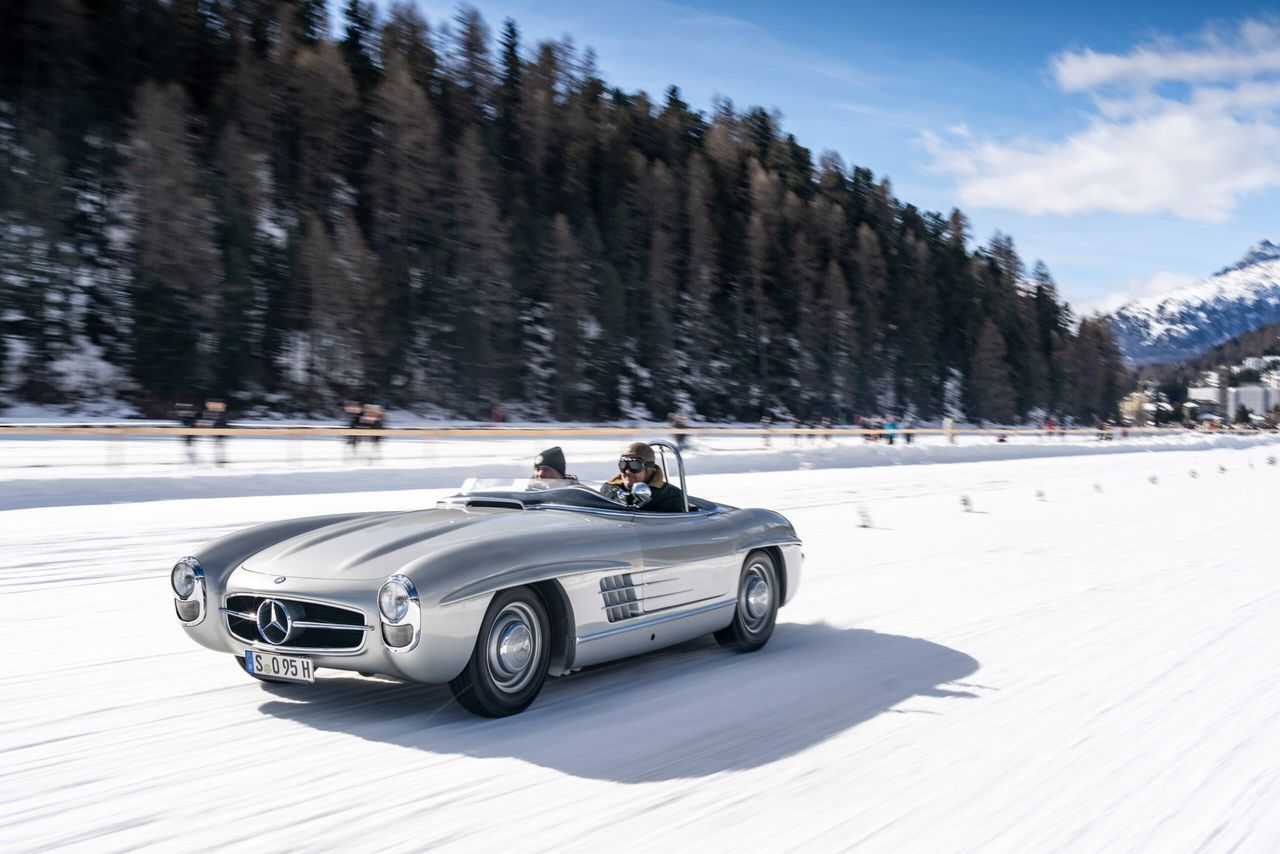

Britons have such a reputation for behaving badly abroad that scientific studies on the phenomenon have previously been ordered. And the bad behaviour isn’t anything new. Rumour has it that, in the mid 19th century, the residents of St Moritz in the Engadine Valley, were so irked by merry English visitors hurling themselves down steeper parts of the village on crude sleds that they built them the Cresta Run.
The world’s most famous toboggan track and birthplace of modern-day skeleton racing, a single-rider sliding sport that sees competitors lie face down on a sled that, to the uninitiated, looks like little more than a kitchen tray. It’s not necessarily my weapon of choice against the icy serpentine chute that drops 515ft and sees riders grapple with 4G forces.
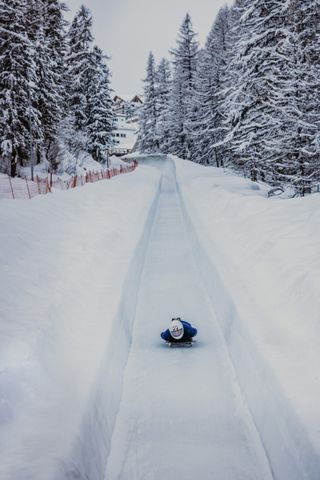
Country Life’s former Deputy Editor, Rupert Uloth, is a fan, as is Lord Wrottesley, who is so good that he holds the record for the number of ‘Classic’ Cresta races won and was the first person ever to break the 50-second barrier (on February 1, 2015). The Irish sportsman, who has competed in bobsleigh for Great Britain and Northern Ireland, also holds the current Cresta speed record (82.87mph).
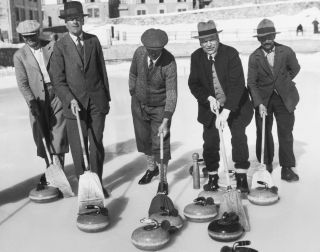
St Moritz has been inextricably twinned with modern winter sports since the 1860s, when hotelier Johannes Badrutt bet a group of four well-heeled English regulars that, if they agreed to stay on through the winter (it was customary for tourists to take to the mountains in the warmer months, for walking and bathing, and leave at summer’s twilight, forcing the hotels to close for months on end) and didn’t love it as much as predicted, he would pick up the tab.
Needless to say, Badrutt won and never did have to cough up the cash. Back in London, word soon spread, more hotels opened and more sports and activities were formalised. So headline-making was the resort’s rise that it went on to host the Winter Olympics in 1928 and 1948.
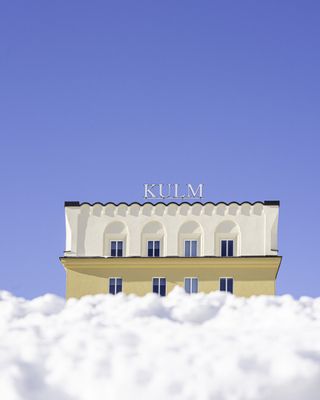
Johannes Badrutt’s hotel, The Kulm — founded in the same year as its altitude (1856) — remains the undisputed centre of St Moritz. Members of staff describe its lobby as ‘a living room for St Moritz… everyone is welcome’.
It is the resort’s sun and everything else — the other Gothic-inspired hotels, luxury chalets, shops, art galleries and 17th-century farmhouses—floats in orbit around it. The Kulm even manages to dominate the pretty lake it looks out onto imperiously, where, in January and February, polo matches and White Turf horse races, invitation-only cricket matches (below) and carriage driving all play out, improbably, on its frozen surface. I’m told that return guests include a man on his 65th winter season… and counting.
Sign up for the Country Life Newsletter
Exquisite houses, the beauty of Nature, and how to get the most from your life, straight to your inbox.

St Moritz is a curious beast — a complicated tangle of the past and present. For starters, it is almost cut off from the outside world, cocooned by mountains on all sides. Imagine a snow globe or the forgotten fold on a map, waiting to be prised open. The train from Zürich takes three hours and involves two changes — although the thought of all of this is more off-putting than the reality because this, after all, is Switzerland, so everything moves with practised ease and efficiency.
The carriages cleave a path through an ever-narrowing valley, mountain tops turning from green, to brown and, eventually, to white. The journey by car, to Zürich or to Milan, takes a similar amount of time. More popular is arrival by a comparatively modern form of transport — private jet into Samedan Airport, a 10-minute drive away.
It is, by some accounts, the busiest airport for private jets during the winter season. Runway slots for the annual Snow Polo St Moritz tournament are snapped up months in advance. Flexjet, fractional-jet ownership specialists and polo sponsor, operates a ‘growing proportion’ of the 90 or so total private flights.
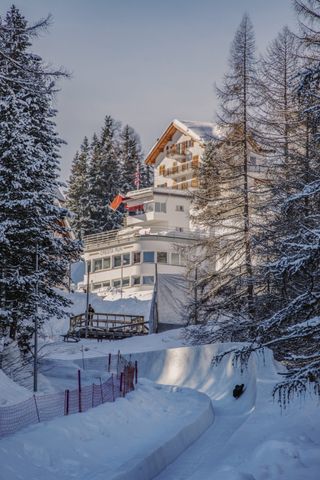
Then there is the architecture. Yes, there are those hotels, each one a more fitting home for Count Dracula than the last. But St Moritz is also a fertile breeding ground for bold architectural design spearheaded by part-time resident Sir Norman Foster, whose creations include Chesa Futura, a futuristic, bubble-like, timber-clad home. There’s the Brutalist parking garage, which moonlights as an art gallery, and the Cresta Run Clubhouse (above), which looks as if it’s jumped straight out of a Wes Anderson film.
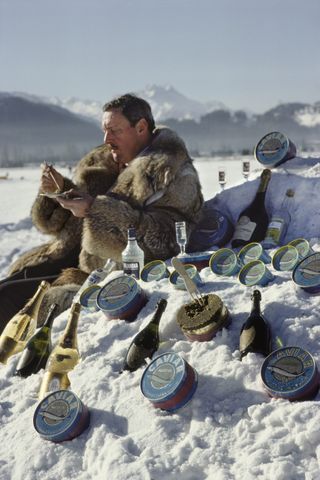
Hauser & Wirth, Galerie Andrea Caratsch (which represents the estate of the legendary fashion photographer Helmut Newton), Cartier and Hermès all occupy space here. Moncler and Mackage — more polo sponsors — do a roaring trade. It should, by all accounts, be obscene. Shiny. Muddied by too much money. But, for some reason, it isn’t. There’s an age-old friendliness. Old — St Moritz must be one of the last true bastions of old money — and new co-exist quite happily.
‘You’re talking to me now,’ says Alan Cuthbert, the man with whom you need to curry favour if you’re a Cresta novice, as we watch warring military factions battle it out for glory from our Clubhouse perch, ‘but, if you went to the bar by yourself, someone would ask you who you are and if you’d like a drink in under two minutes.’ The military, he adds, was ‘fundamental in bringing back women’ after a 103-year-long ban following misguided fears that competing might cause breast cancer.
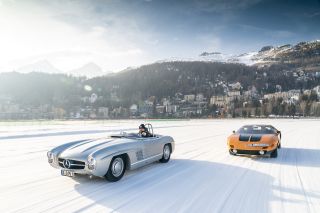
In 1985, an Italian man called Marco Makaus witnessed a group of British Cresta-goers file into St Moritz in a fleet of vintage Bentleys. They’d done so to commemorate the Run’s centenary and Mr Makaus, in turn, was inspired to found the International Concours of Elegance (I.C.E.). The first iteration took place in 2019. It was a spectacular sight, one-of-a-kind cars skittering atop the lake like brightly coloured marbles.
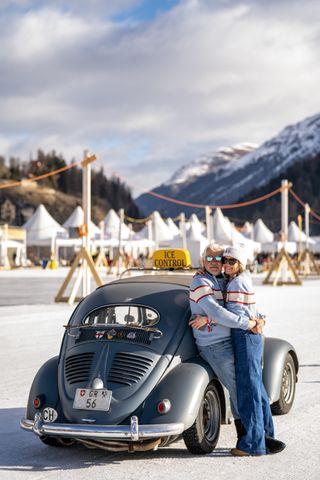
‘You’re only driving at 70mph, but it feels like a lot more on the slippery surface,’ says Simon Kidston. The British commentator (cousin to Cath) and world-leading blue-chip car dealer rolled up to the 2023 Concours in a 1973 Lamborghini Miura, the fastest production road car when it was released.
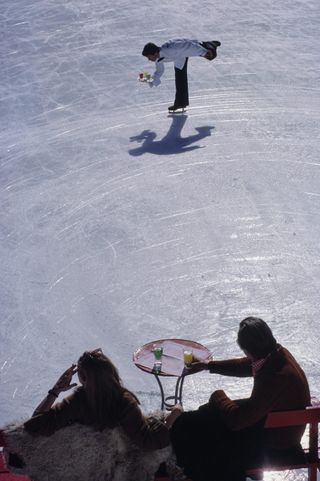
Unfortunately, the cars never got to prove their mettle because the night before heavy snowfall blanketed the lake, blocking the mountain passes and isolating the Engadine furthermore. Organisers weren’t sure if the added weight of it and the cars would end very well. In a normal year, a 540-stone snow-track vehicle is fitted with safety floats and wheeled onto the 10in-thick ice, one brave man at the wheel, as everyone else enjoys a drink at the track-side bar served by professional figure skaters.
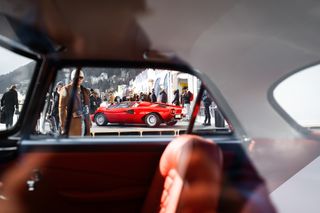
In the Serletta garage, the cars lined up in neat, static rows ready to be inspected and the smell of petrol lingered in the air. The crowds, 400 every hour, clustered around 81-year-old former F1 driver Arturo Merzario, who didn’t move far from a Ferrari F1 open-wheeled Sharknose. Mr Kidston with his Miura was one of the only couplings to brave the elements, the car’s black bodywork cutting a dramatic line through pristine snowflakes, each one larger than a child’s palm, up and up to Suvretta House hotel where Aston Martin were dolling out punchy negronis from behind an ice bar.
Riley Harper, a professional stunt driver and coordinator from Los Angeles in the US, was there, raising a glass to the laps he’d whirled out in a Mercedes 300D cabriolet before the storm rolled around. The Mercedes team was camped out at the blue-shuttered Kempinski, built in 1864 to accommodate tourists who came to enjoy the healing properties of a mineral spring, first discovered more than 3,000 years ago. Today’s guests can still access the spring, via a fountain, in the hotel’s spa area, but this weekend, all eyes were on the Mercedes fire engine red 300SL Roadster, parked in the lobby.
At a glance Rosie Paterson’s itinerary
The Kulm
The Kulm ballroom, with its Swiss pine ceiling, is where the Snow Polo players are first presented. Swiss pine also crowns the doorways to each of the hotel’s 150 bedrooms. The calming smell is proven to lower your heartbeat, so you can also opt to sleep on a pillow stuffed with shavings of it for a remarkable night’s rest.
Grand Hotel des Bains Kempinski
The Kempinski was tinkered with a myriad times, from 1887 onwards, in a variety of historical styles. Extensive renovations to restore it to its original glory began in 2001, using historic drawings and photographs as a guide (along the way, the builders discovered beautiful frescos, among other things). Look out for the southern Tyrol table in the lobby, dating back to the 17th and 18th centuries.
How to get there
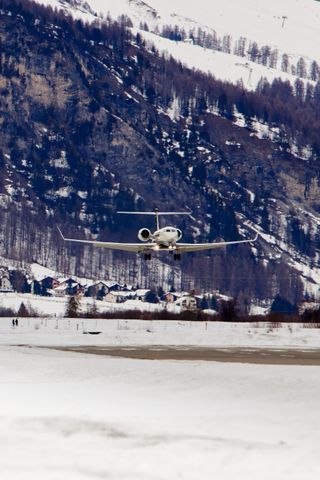
Flexjet describes its plane of choice, the Gulfstream G650, as a ‘veritable time machine’ because it goes faster and higher than all but one private jet. At 92% of the speed of sound, you can circumnavigate the globe with only one stop. ‘Time is the one thing money can’t buy, but this is as good as it can get,’ says our captain Gavin Scott, who was a pilot in the RAF for more than 10 years.
The private aviation firm puts a special emphasis on service, especially in the US, where for years onboard dining consisted of little more than McDonald’s and takeaway pizza slices. It now works with The Little Fish Company on restaurant-quality sushi platters (umami flavours are enhanced at altitude) and Hamel Family Wines. ‘I struggle to serve non-alcoholic drinks. My skin comes out in a rash,’ says vice-president of customer experience Francesco Vanerio with a twinkle in his eye.
SWISS Air operates more than 160 weekly flights from London Heathrow, London City, Manchester, Birmingham and Edinburgh to Zurich or Geneva. One-way fares from £76 to Zurich and £54 to Geneva.
Travel Switzerland offers international visitors unlimited travel on consecutive days across the rail, bus and boat network, plus scenic routes (seat-reservation fees apply) and local trams and buses in about 90 towns and cities. It also includes the Swiss Museum Pass, which grants free entry to 500 museums and exhibitions. Prices from £229.
Dates for your diary
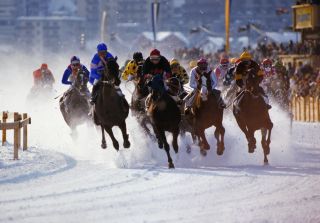
Audi FIS Ski World Cup December 21–22
IBSF World Cup Bobsleigh & Skeleton January 10–12, 2025
40th Snow Polo World Cup January 24–26, 2025
White Turf International Horse Races February 2–16, 2025
Cricket on Ice February 12–15, 2025
The I.C.E. St Moritz February 21–22, 2025
You can follow Rosie Paterson on Instagram @rosielkpaterson
Rosie is Country Life's Digital Content Director & Travel Editor. She joined the team in July 2014 — following a brief stint in the art world. In 2022, she edited the magazine's special Queen's Platinum Jubilee issue and coordinated Country Life's own 125 birthday celebrations. She has also been invited to judge a travel media award and chaired live discussions on the London property market, sustainability and luxury travel trends.
